The Battalion Three Massacre - Bad Day For Battalion Three Fire Software Executives
Battalion 3 Executives Are Slaughtered On
Here is the summary of my livestream today. At the end of this article, you will see my Idaho Public Records Act requests to both Kootenai County Sheriff’s Office and the Coeur d’Alene Fire Department for all records and bodycams pertaining to these incidents described below.
The overall takeaway of this article is how a Sheriff can go from describing a situation where his deputies are pinned down in a gunfight with “two, three, or four snipers” to a kid with a shotgun in a few hours. How can the Sheriff know there is only one shooter, as described in his own words a day before as a multi-shooter shootout, without analyzing the crime scene, which he said was contaminated?
PART 1 – Scene-setting at the foot of Mount Canfield
George Webb opens amid the resin-scented Ponderosa pines, broadcasting from the choke-point where Thomas Road meets Nettleton Gulch. He reminds viewers that the official clock starts at 1:20 p.m. with the first fire call; firefighters Harwood and Morrison roll uphill; and, somewhere between 1:20 p.m. and 1:50 p.m., they spar with a white van that’s blocking their path.
Webb walks us through the layout—new asphalt, fresh scrape marks, and gouges he thinks show the van was pushed. It is the physical breadcrumb trail, he says, that reveals both motive (clear the road) and method (force the confrontation).
Kootenai County firefighters push the white van off the road, which is blocking emergency fire vehicles.
Then, a shotgun was brandished at one point by Roley, and both Morrison and Harwood were shot at point-blank range, with Tysdale critically shot in flight before 3:16 p.m.
Throughout, he foreshadows two data points that will anchor the entire livestream: 3:16 p.m.—the exact minute Sheriff Bob Norris’ Federal helicopter spots the first shooter dead at the base of a tree.
The dead shooter at 3:16 p.m. is a twenty-year-old Wess Roley.
—and 6:30 p.m., when that same sheriff tells the press his people are “still taking fire” from “two, three, possibly four shooters.” The three-hour gap frames Webb’s thesis: there had to be at least one living gunman after 3:16, and officialdom is suppressing that fact.
PART 2 – Harwood and Morrison’s fatal encounter
Webb’s on-the-ground reconstruction depicts Battalion Chief John Harwood and Firefighter-Technician John Morrison approaching the clog in traffic. A tense exchange—“move your van or we’ll push it ourselves”—is followed, Webb believes, by a close-range shotgun blast that drops Harwood, then Morrison.
A third responder, Tysdale, turns to flee and is hit in the back, surviving. For Webb, three tight-pattern rifled-slug wounds at less than ten metres scream ambush, not random youth rampage. The livestream lingers on radios squawking “BT-3, BT-1 down,” and on the eerie silence that follows before mayhem reignites.
He underscores how little forensic detail the county will release: wound trajectories, powder residue, shell count, and precise GPS coordinates remain under wraps, leaving independent sleuths to hunt tyre scuffs and blood droplets.
PART 3 – The 3:16 p.m. discovery and the “dead man’s cell-phone”
At precisely 3:16 p.m.—Webb repeats the number like a refrain—Sheriff Norris’ borrowed federal helicopter, vectoring on a newly pinged handset, locates 20-year-old Wesley Roley sprawled beneath a pine.
A shotgun and phone lie nearby. Sheriff Norris’ own words (Webb plays the clip twice) confirm that Roley is deceased, apparently from self-inflicted trauma. Yet, Webb asks, who dialed the phone? If Roley died seconds earlier, the activation must have been a “last gasp.” If he had perished minutes or hours earlier, then somebody else would have triggered the ping to lure law enforcement. Either way, one corpse plus one shotgun cannot explain what happens next.
PART 4 – The 6:30 p.m. press conference and the multiplicity problem
Fast-forward three hours: in a gravel parking lot command post, Sheriff Norris faces television lights.
Webb captures the moment at 6:33 p.m.; the sheriff declares his teams are under continuing “rapid rifle fire” from “two, three, maybe four shooters.” Webb freezes the frame: “That’s not a past-tense statement,” he notes, “that’s live contact.” If Roley is incontrovertibly dead at 3:16, who’s pulling triggers at 6:30? Webb hammers it home: “Unless chipmunks learn marksmanship, there’s an active second shooter.” For him, this single contradiction topples the lone-gunman narrative and pushes investigators toward a two-tier plot—Roley as patsy, a seasoned marksman as primary.
PART 5 – Enter Travis Decker, fugitive and probable pro
From here the livestream pivots to Army-trained survivalist Travis Decker, wanted for the June murders of his three daughters and last seen eleven miles from the Canadian border. Webb’s “Ben-Franklin balance sheet” lists Decker’s assets—combat experience, SEAR evasion training, motive to stay invisible—and contrasts them with Roley’s blank criminal slate and bow-hunting hobby.
In Webb’s view, Decker needs a mule for groceries and optics; Roley, dump-camping in a white van, fits the bill. Whether Roley acted as mentee or hostage, Webb paints Decker as the strategic brain who lit diversionary fires, staged the van, and retreated to a tree stand with a suppressed rifle while Roley’s noisy shotgun drew first responders into the kill-zone.
PART 6 – Battalion 3, software gold, and motive beyond mayhem
Morrison, Harwood and (critically wounded) Tyson are not random firefighters: they are the coder-operators behind Battalion 3, a niche real-time mustering platform that plugs neatly into AT&T’s FirstNet backbone but sits outside the giant integrated “Tyler Tech / Palantir” public-safety empire.
Webb sketches a boardroom thriller: Battalion 3 dazzles chiefs at Seattle’s 5-by-5 Expo (June 3-5). Days later, Decker kills his children—an act Webb hints could double as leverage: “Help us scare the industry into one grand solution, or rot behind bars.” By wiping out Battalion 3’s brains during a dramatic multi-shooter incident, unseen sponsors can claim: “See? Fragmented software kills.”
The prize, Webb argues, is a January 1 federal deadline that will funnel every US fire, police, and EMS agency into one consolidated vendor.
PART 7 – Mass-formation psychosis, July 4 optics, and controlled narrative
Why stage the massacre days before Independence Day? Webb’s answer mixes marketing and mind-war. July 4 parades showcase gleaming engines and kid-friendly crews; the emotional impact of murdered firefighters plus rumors of “white-supremacist snipers” primes county commissioners to rubber-stamp para-military fusion centres.
Webb cites Idaho’s recent execution-squad statute, Antifa’s 2020 abortive incursion into Coeur d’Alene, and longstanding federal land disputes over mining claims and trailer parks. A second shooter on the loose justifies MRAPs at every brushfire, sweeps mobile-home residents from mineral-rich slopes, and accelerates “smart city” surveillance roll-outs.
Battalion 3 Emergency Management Software features real-time rostering of resources, providing situational awareness of all resources during a fire event.
PART 8 – The white van, the paved-over choke-point, and vanished evidence
Webb revisits the asphalt again and again. Overnight repaving at the intersection erases tyre ruts; the van disappears into impound; license-plate data remain undisclosed. Five prior police “contacts” with the same vehicle are teased but not detailed.
Webb finds it uncanny that lane-widening crews mobilised within hours, as though scrubbing a crime scene. He films the patchwork seams, shows sand-filled crack lines too fresh to weather, and argues the county is burying the geometry that proves a push-start and subsequent ambush. Likewise, no dash-cam or body-cam imagery of the fatal moments has surfaced.
PART 9 – Collateral deaths and the expanding mystery
Two more bodies surface beyond the main event: a man thrown from I-90’s Veterans Bridge late Sunday night—allegedly a suicide, identity withheld—and Serena Harrison, a 42-year-old teacher who vanished from a family picnic, later found shot in neighboring Shoshone County. Both, Webb says, had tenuous Battalion 3 or fire-service ties. He spins the scenario: Decker, desperate for transport, slashes his leg, flags down a Good Samaritan on the bridge, then dumps him over the rail—a page lifted from CIA assassin manuals. Harrison may have raced to aid a “wounded vet” only to be car-jacked. Each death muddies timelines and strains county resources, reinforcing the call for integrated response software.
PART 10 – Conclusions, unanswered questions, and Webb’s challenge
Webb closes by re-posting Norris’ own timeline in bold text: “3:16 p.m. first shooter dead. 6:30 p.m. deputies still under rifle fire.” Between those bookends lie three gaping holes: (1) Who activated Roley’s phone—and why? (2) Who fired “rapid cracks” after 6 p.m. if Roley lay lifeless? (3) Why are the only deceased adults the three men advancing a rival command-and-control suite?
For Webb, citizen journalism is “harnessing the sun with a magnifying glass in your hand”, disinfecting the false narratives with sunshine. He concludes by issuing a challenge to Sheriff Norris: release the ballistic trajectories, publish the entire movement log of the van, and disclose the phone metadata of the proposed sniper.
Until then, he says, investigators everywhere should place Travis Decker’s name—mass-child-murder suspect, combat-trained, mine-country drifter—at the top of every whiteboard. “I don’t start with electricians,” Webb says. “I start with killers in the woods.”
https://www.firerescue1.com/incident-command/forged-from-fire-a-mobile-app-by-firefighters-for-firefighters
https://www.firehouse.com/technology/staffing-scheduling-solutions/product/21211452/battalion-3-technologies-icx-incident-command-by-battalion-3
Kootenai County Sheriff Records Request
July 3rd, 2025
Records Custodian
Kootenai County Sheriff’s Office
5500 N. Government Way
Coeur d’Alene, ID 83815
records@kcgov.us (cc: records@cdapolice.org)
RE: Public Records Request – Five law-enforcement contacts with Wesley “Wess” Roley
Pursuant to the Idaho Public Records Act, Idaho Code § 74-101 et seq., I respectfully request copies of—and, where feasible, electronic access to—the records listed below:
1. **Computer-Aided Dispatch (CAD) event summaries, full event notes, and unit history** for each of the five contacts with Wess Roley referenced by Sheriff Bob Norris in his 30 June 2025 press briefings.
• Subject: *Wesley Dean “Wess” Roley*, DOB 03/27/2005 (approx.)
• Incident window: 1 January 2024 – 29 June 2025
• Incident types cited by the Sheriff: welfare checks (4) and trespass/move-along (1).
2. **Associated incident, field-interview, or offense reports**, including any supplemental narratives, officer statements, or citation/warning copies.
3. **Body-worn-camera and in-car-camera video** (Axon/Evidence.com) for each call-for-service above; if redaction is necessary, please provide the videos in native resolution with audio.
4. **Audio recordings of 9-1-1 calls and radio traffic** tied to the incident numbers in item 1.
For each responsive document, please include the **CAD incident number** and **incident date/time** to ensure proper matching across formats.
### Format & Fees
• I prefer electronic delivery (PDFs, MP4/Dashcam files, WAV/MP3) via secure download link or e-mail.
• If fees are expected to exceed $20, please notify me in advance with an itemized cost estimate (I.C. § 74-102 (10)).
• Because this request concerns a matter of public interest (fatal shootings involving firefighters and multi-agency response), I request a fee waiver or reduction (I.C. § 74-102 (10)(f)).
### Time Frame
Idaho Code § 74-103 requires an initial response within three (3) business days. If additional time is necessary, please provide the written explanation and estimated completion date (up to ten business days total).
### Point of Contact
If any portion of the request is unclear or would benefit from narrowing, please contact me at [phone] or [e-mail].
Thank you for your prompt attention.
Sincerely,
George Webb Sweigert
Coeur d’Alene Fire Records Request
Records Officer
Coeur d’Alene Fire Department
300 N. 10th St.
Coeur d’Alene, ID 83814
cafdrecords@cdaid.org (cc: records@kootenaifire.com)
RE: Public Records Request – Fire-service run records involving Wess Roley (29 June 2025)
Under Idaho Code § 74-101 et seq., please provide:
1. **Run sheets and NFIRS reports** for the wildland/brush fire call on Canfield Mountain, 29 June 2025 (Nettleton Gulch Rd. area), including patient care narratives (redacted per HIPAA) and timestamps showing when Wess Roley’s vehicle was blocking egress.
2. **ICS Form 214s, accountability logs, and unit assignments** documenting requests to move Roley’s vehicle.
3. **Radio traffic audio** (Fire Tac 3 or equivalent) from initial dispatch until firefighters reported taking fire.
4. **Any video or helmet-cam footage** depicting the encounter with the white van or requests to move it.
Format, fees, and time-line follow the same preferences outlined in my Sheriff’s Office request.
Thank you for your cooperation.
Sincerely,
George Webb Sweigert












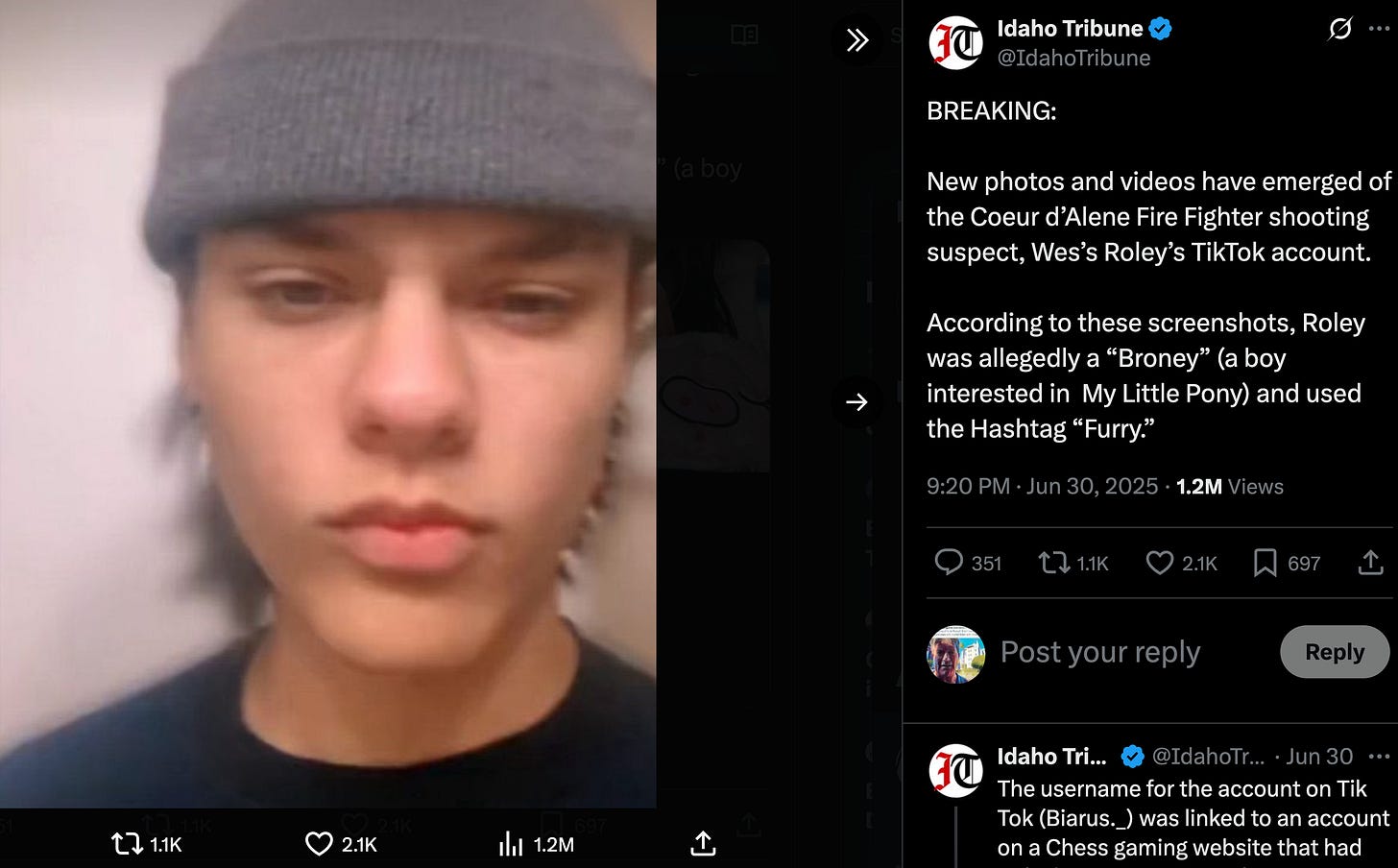


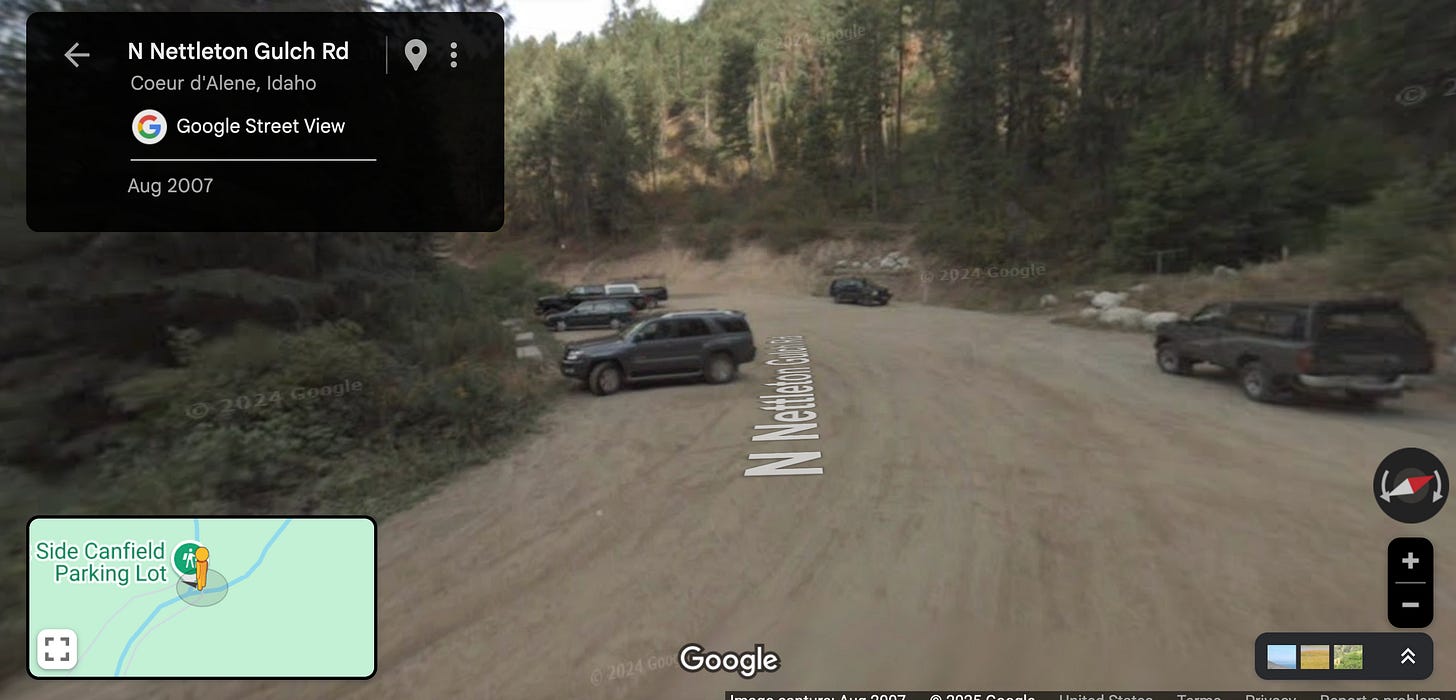



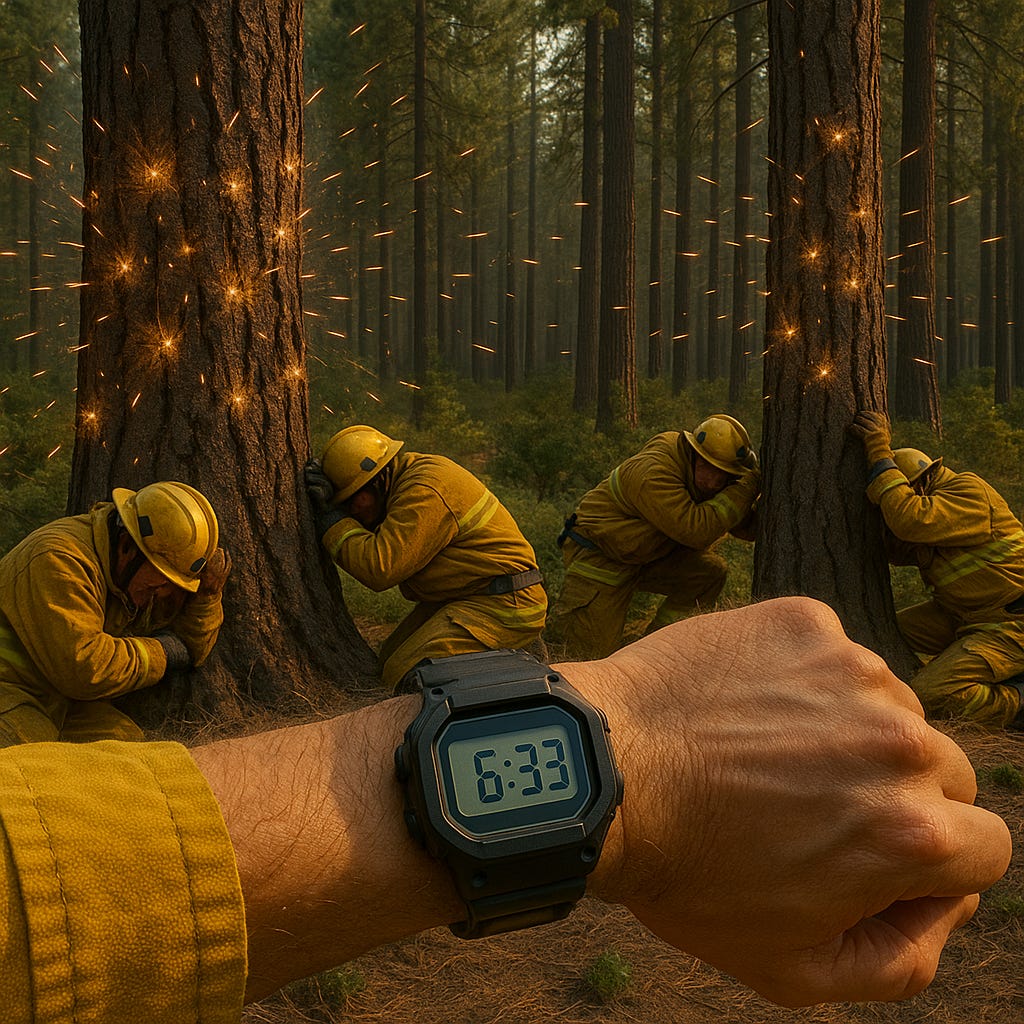





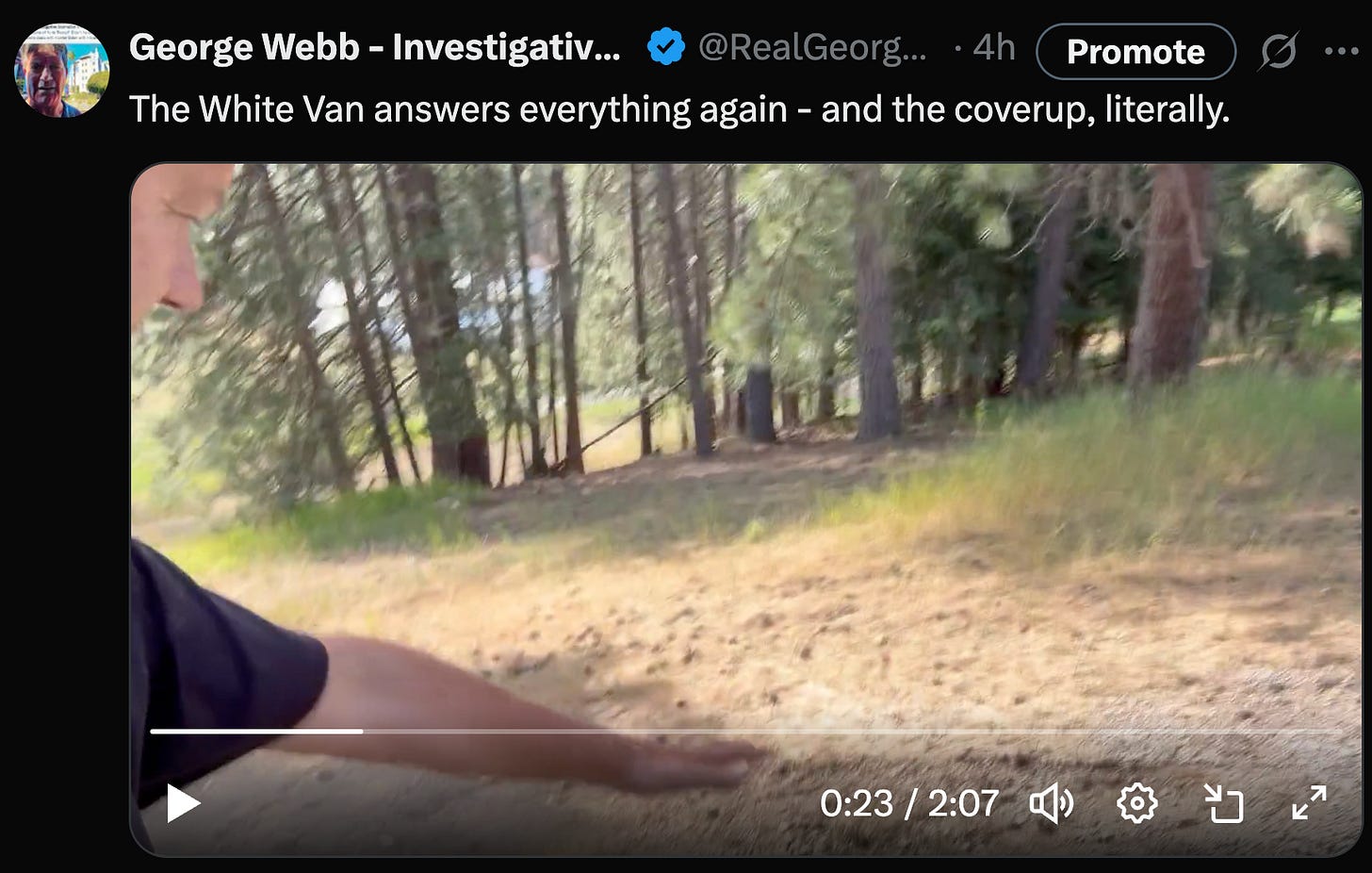
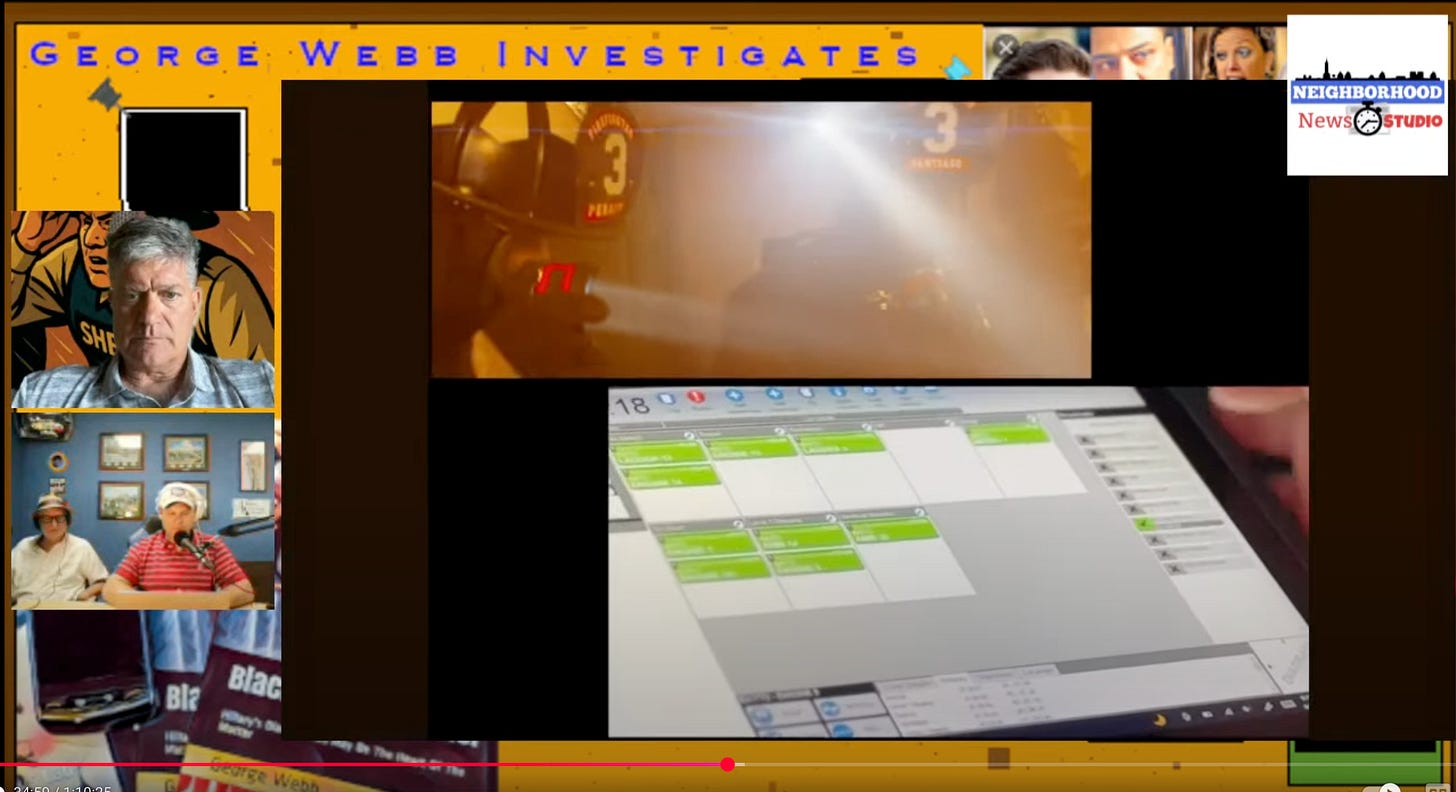

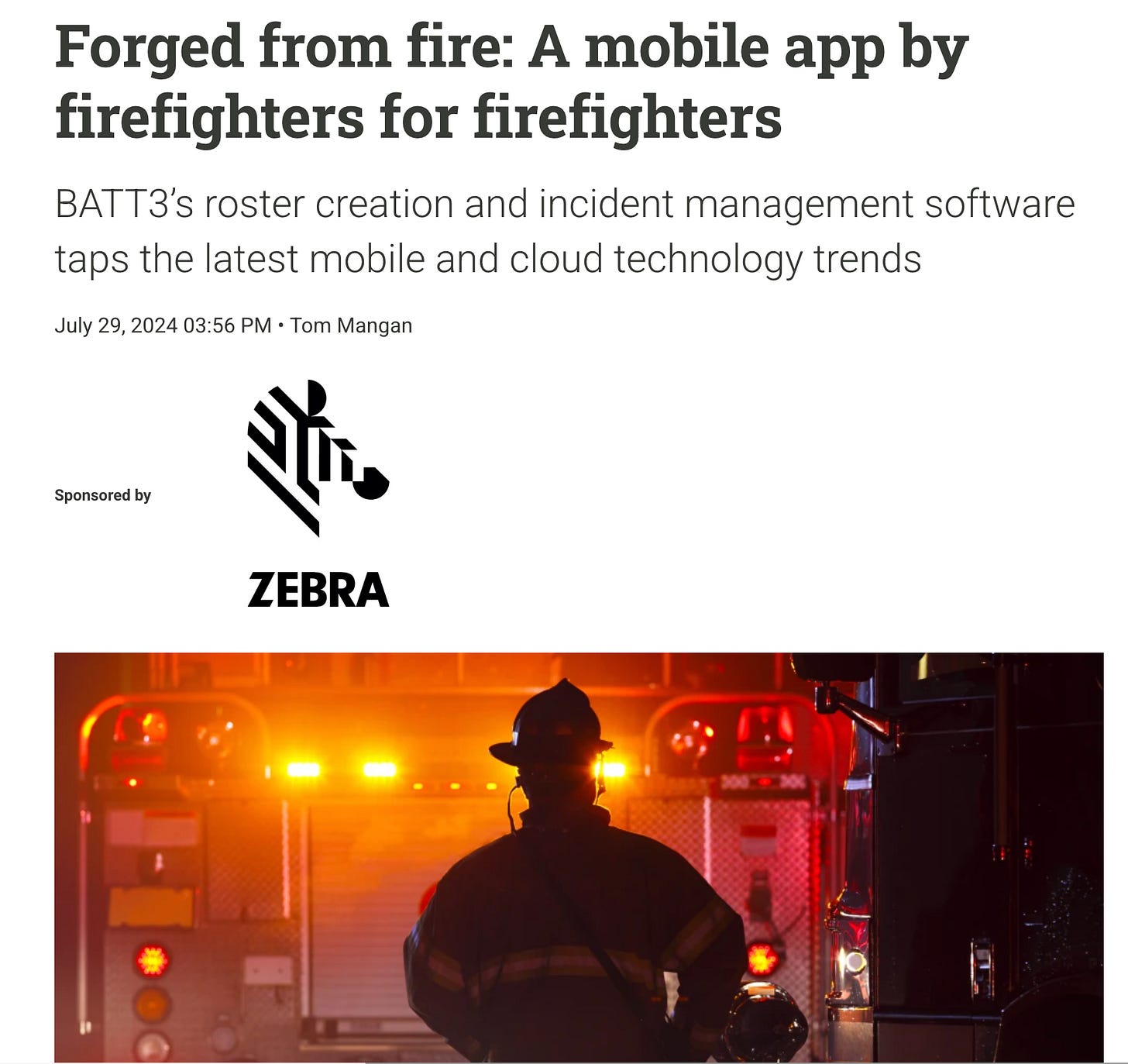

Makes sense to me. Thanks, George.
None of this makes sense to me! What are they trying to distract us from???